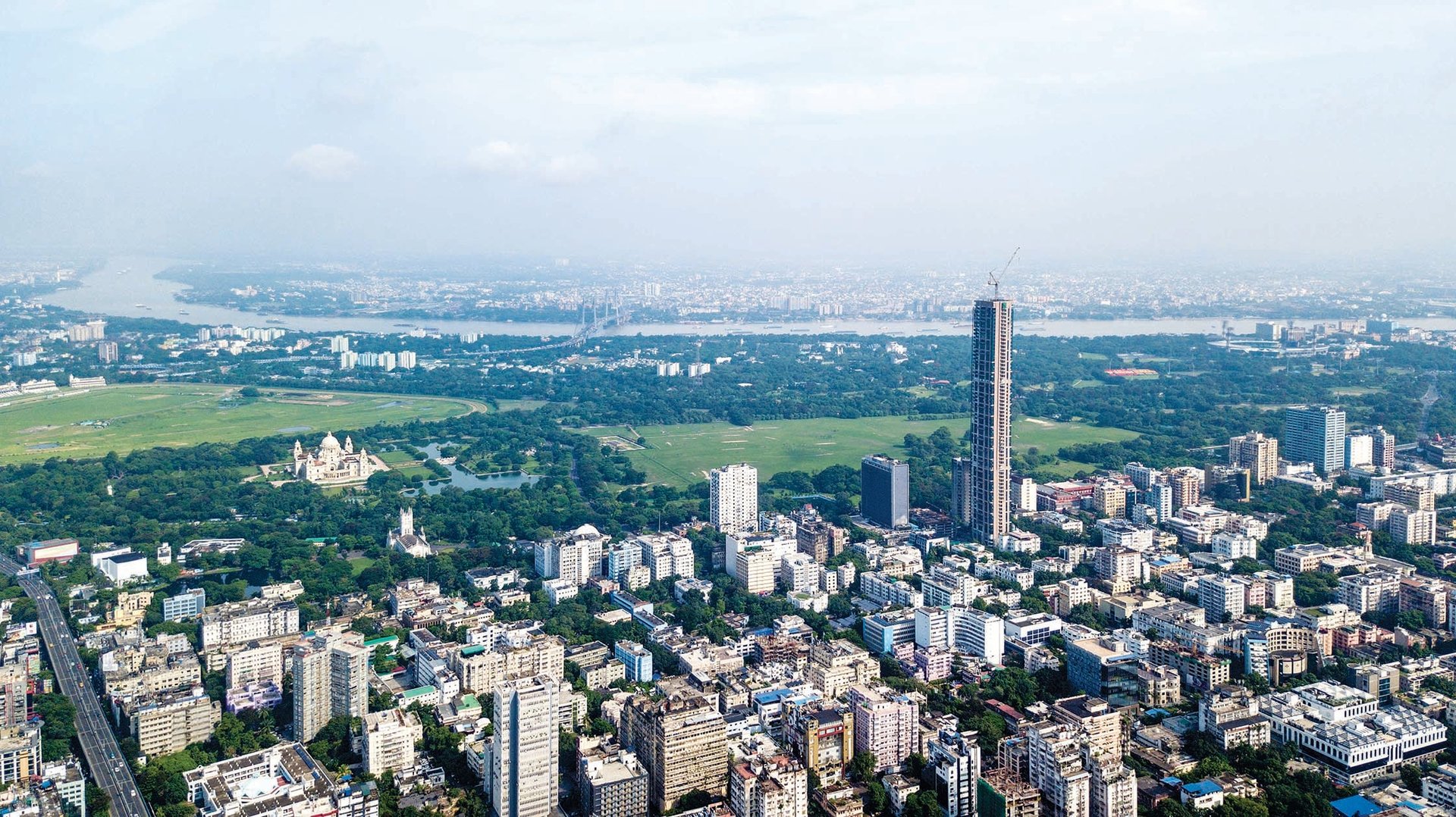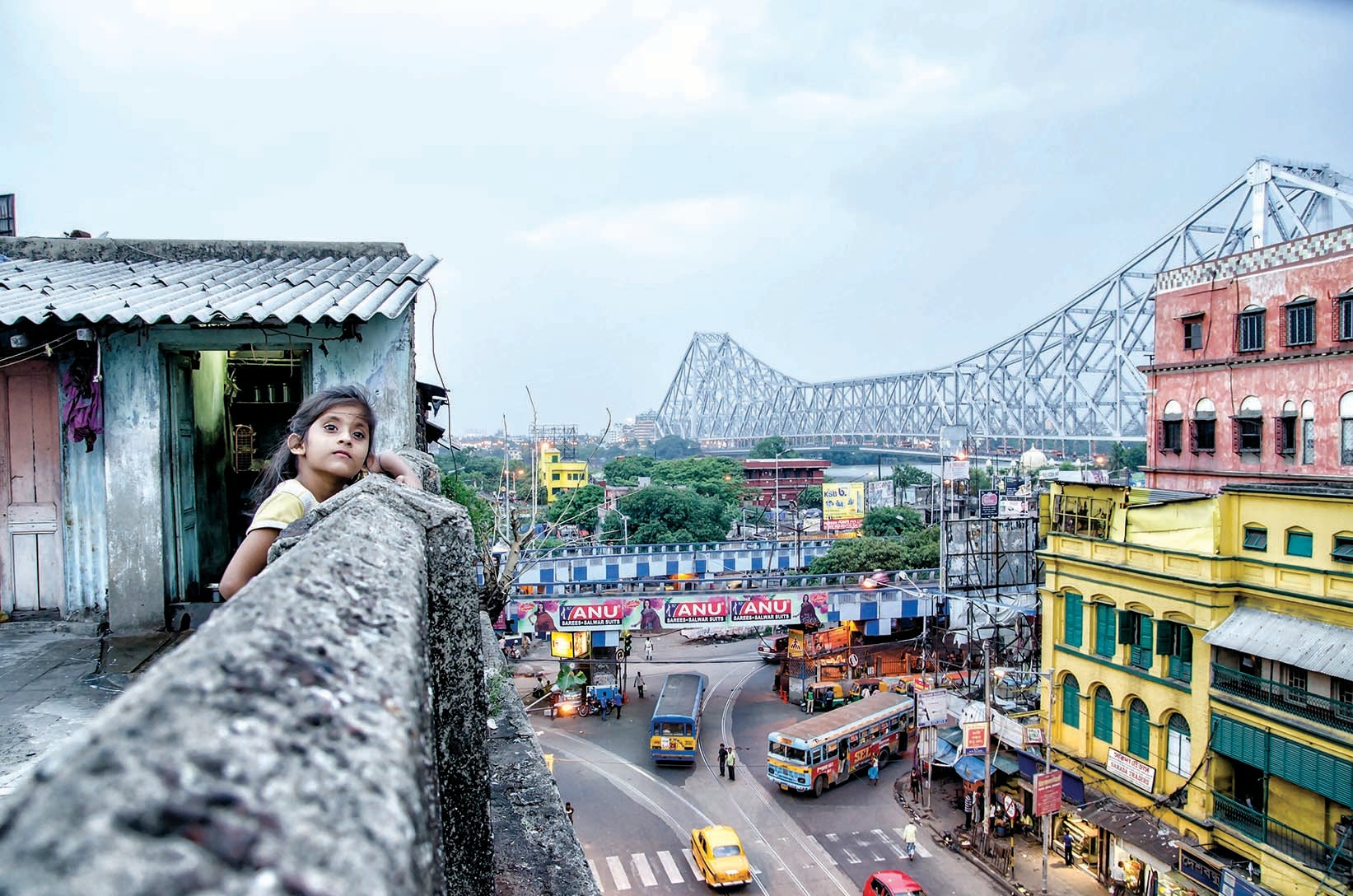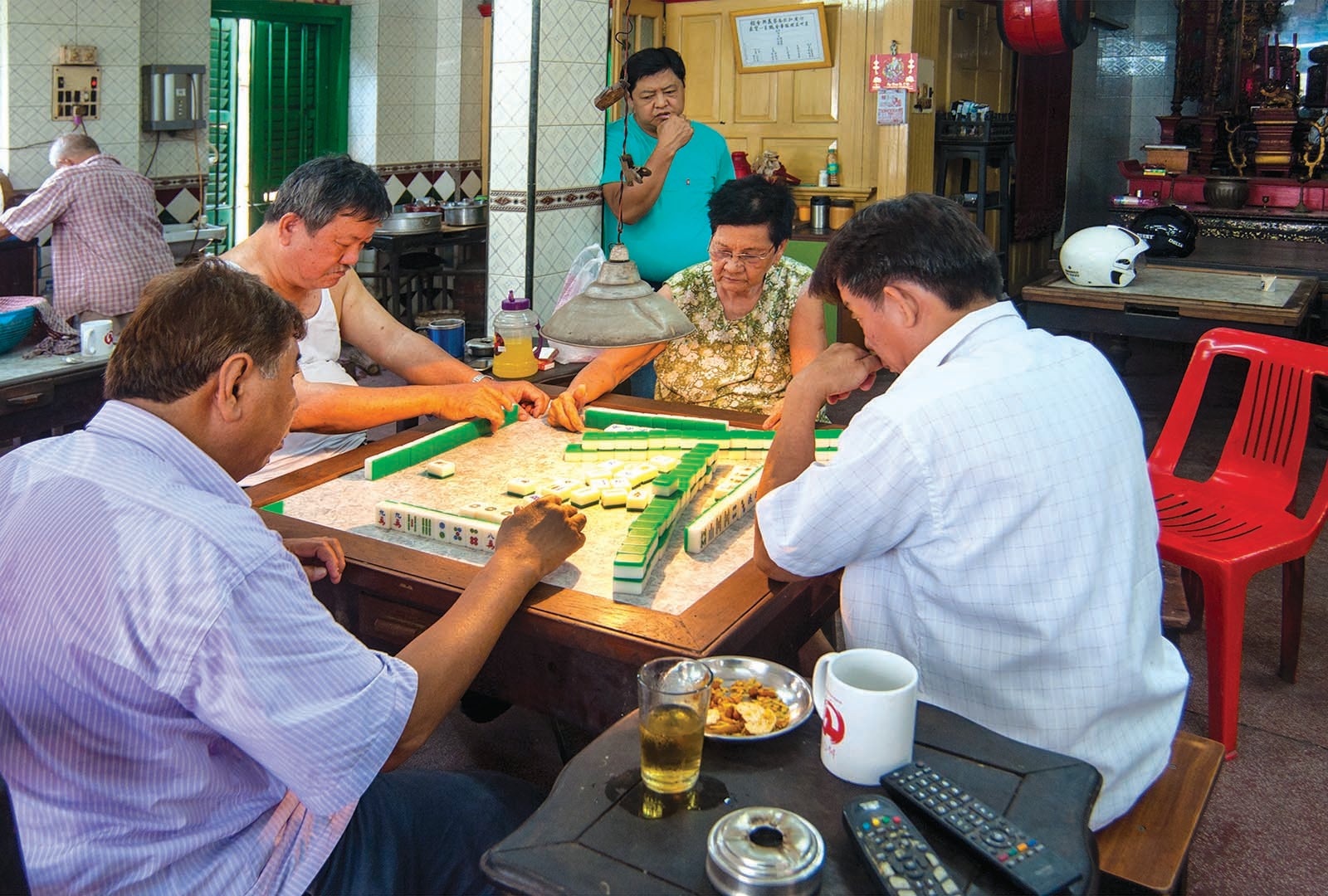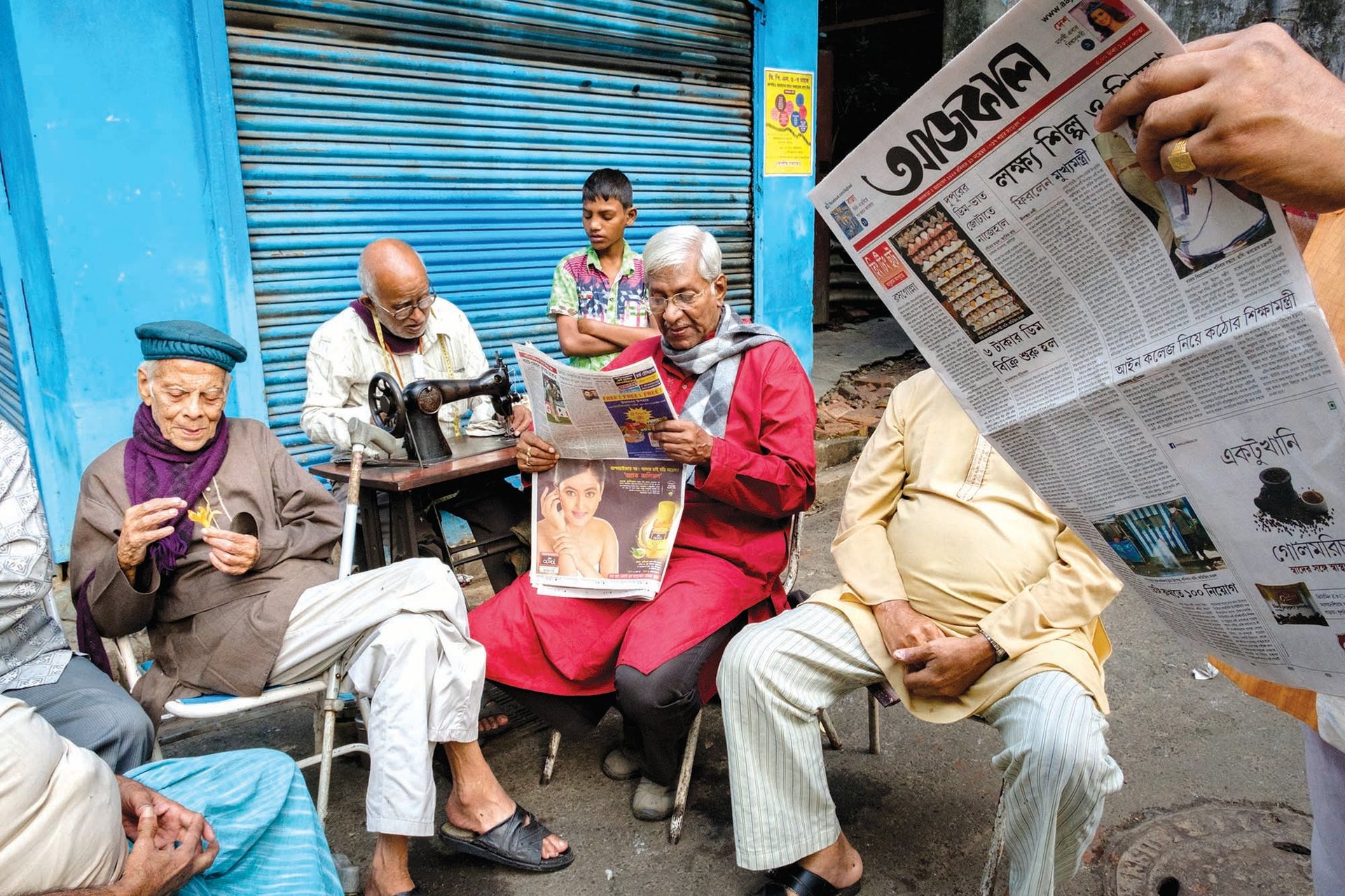From a zebra-drawn buggy to Chinatown, rare photos offer a new look at Kolkata
Sometime in 1930, a wealthy family living in Calcutta (now Kolkata) decided that using a horse to pull its carriage would be too conventional. So it got a zebra instead.
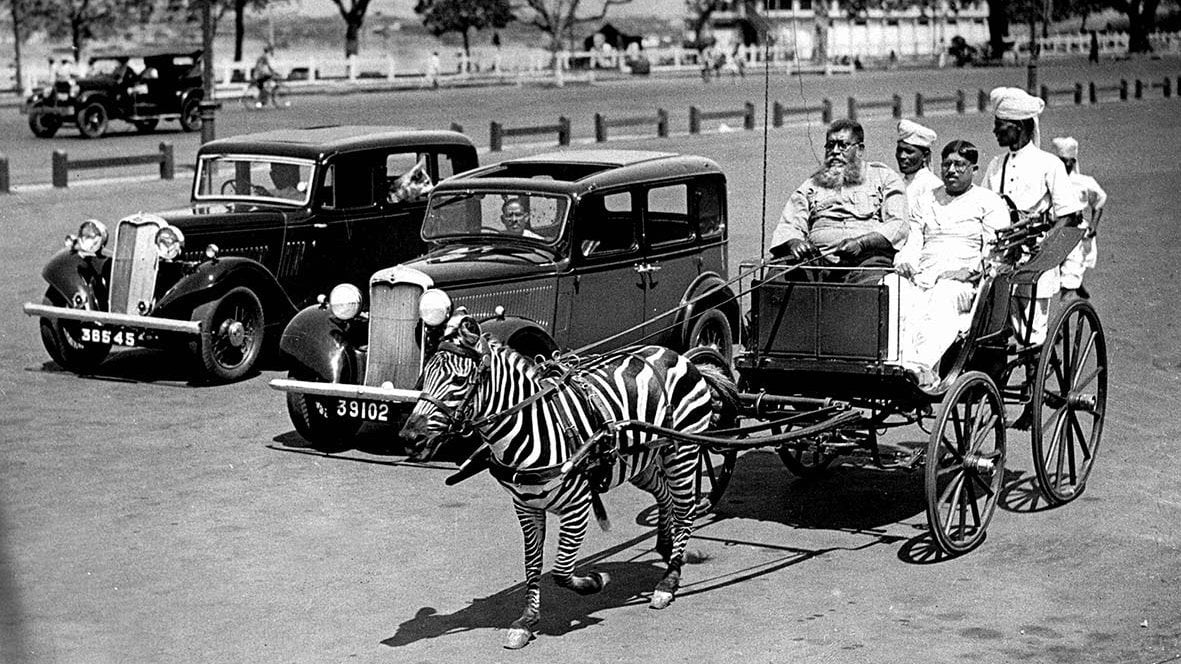

Sometime in 1930, a wealthy family living in Calcutta (now Kolkata) decided that using a horse to pull its carriage would be too conventional. So it got a zebra instead.
A black and white photo shows the spectacular sight—a man with glossy, perfectly parted hair, dressed in crisp whites, sits besides the carriage driver, seemingly unaffected by the curious stares from the cars nearby. This photo of the quintessential “Bengali Babu” is just one of the many fascinating images found in Calcutta Then, Kolkata Now, a two-part book published by Roli. It’s a sweeping book that tells the story of modern India’s first capital through its past and its present.
This is the fifth book in a series that began with New Delhi, followed by India, Mumbai, and Chennai. And the structure of the book captures the dramatic transformation of the eastern city, from a colonial capital to a modern-day metropolis.
In Calcutta Then, Sunanda K Datta-Ray and Pramod Kapoor dive into the rich history of the city using rare images of its iconic monuments, including the Victoria Memorial under construction and the legendary Howrah bridge that crosses the Hooghly river, as well as the people who made it what it is today. There are street scenes and garden parties that all together paint a picture of the multicultural city that was the capital of British India from 1772 to 1930.
And many of these photos have never been seen before.
“The speciality of this Calcutta book is that while there are some brilliant pictures from overseas collections…almost 50% of the photos are from family albums,” Kapoor, who is also the founder and publisher of Roli Books, told Quartz. He met around 40 old families living in the city, some who were formerly zamindars (landlords) or linked to the maharajas, and some who had settled in Calcutta hundreds of years ago to do business.
“There was a disappointment at some places and unexpected successes at some places,” he said. “Not everybody had kept their albums well, some of them didn’t care.” But in the end, he added, the photos in the book are just a fraction of what they found.
In Kolkata Now, Indrajit Hazra and Anshika Varma shift the perspective towards the people that are key to the city’s identity and the unique Kolkata culture they continue to preserve—from mahjong games in Chinatown and the quintessential Bengali adda session to the spectacular celebrations of Durga Pujo. The Kolkata of today that they present is a fascinating mix of old and new, with tall new towers of glass and steel that loom over monuments over a hundred years old.
Here’s a selection of photos from the book:
Calcutta then
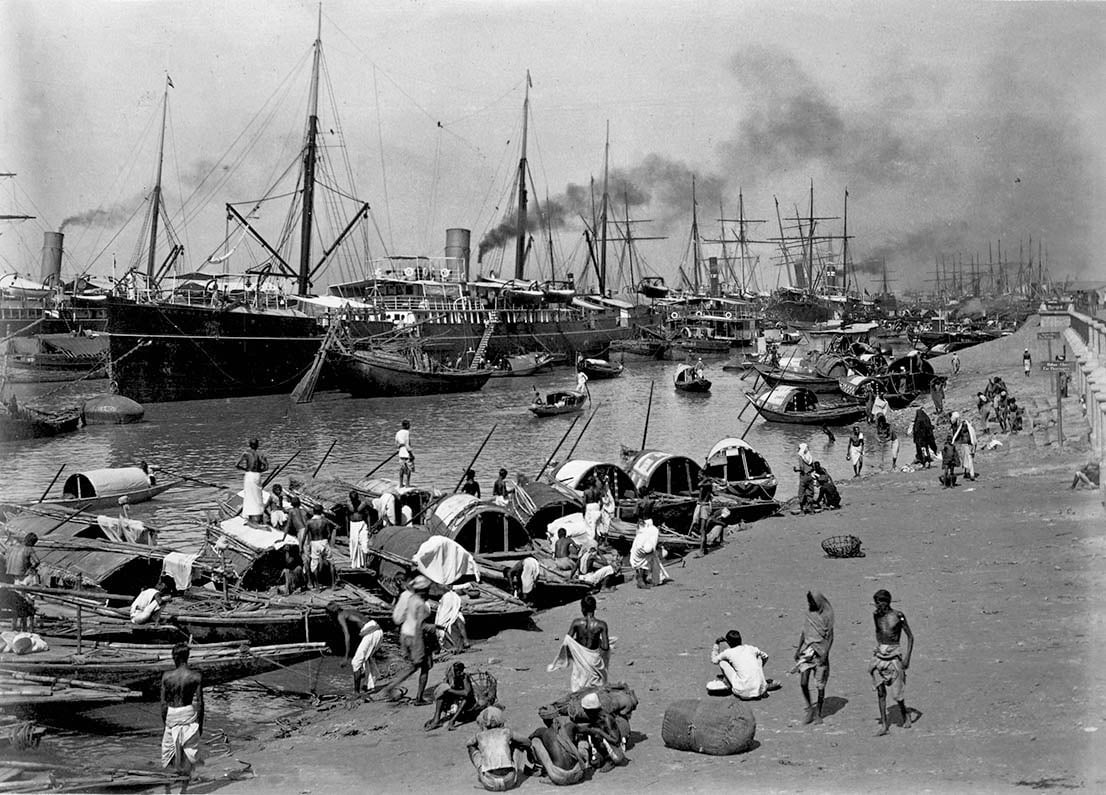
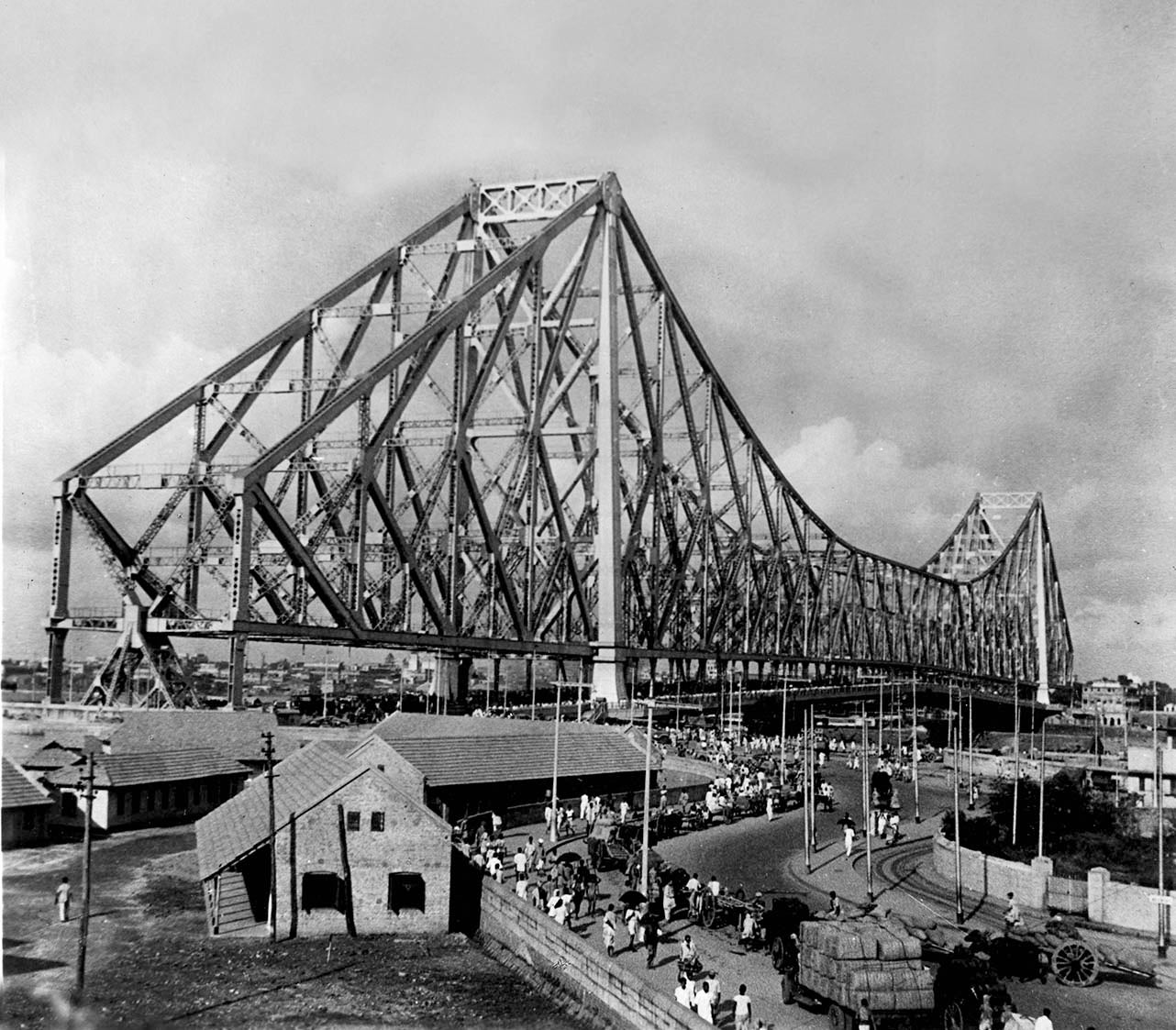
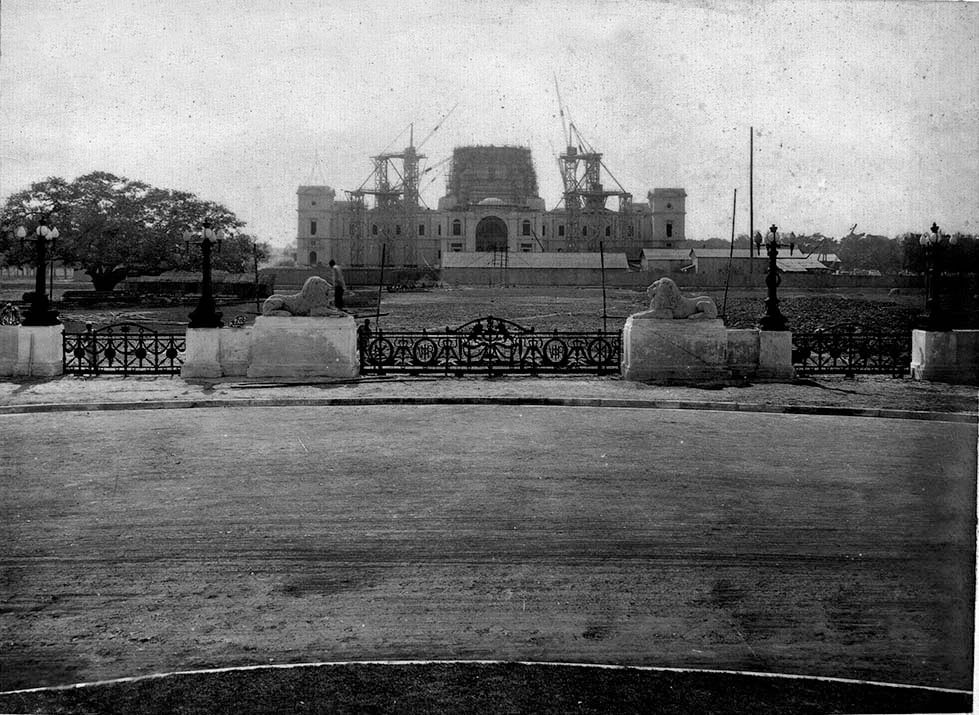
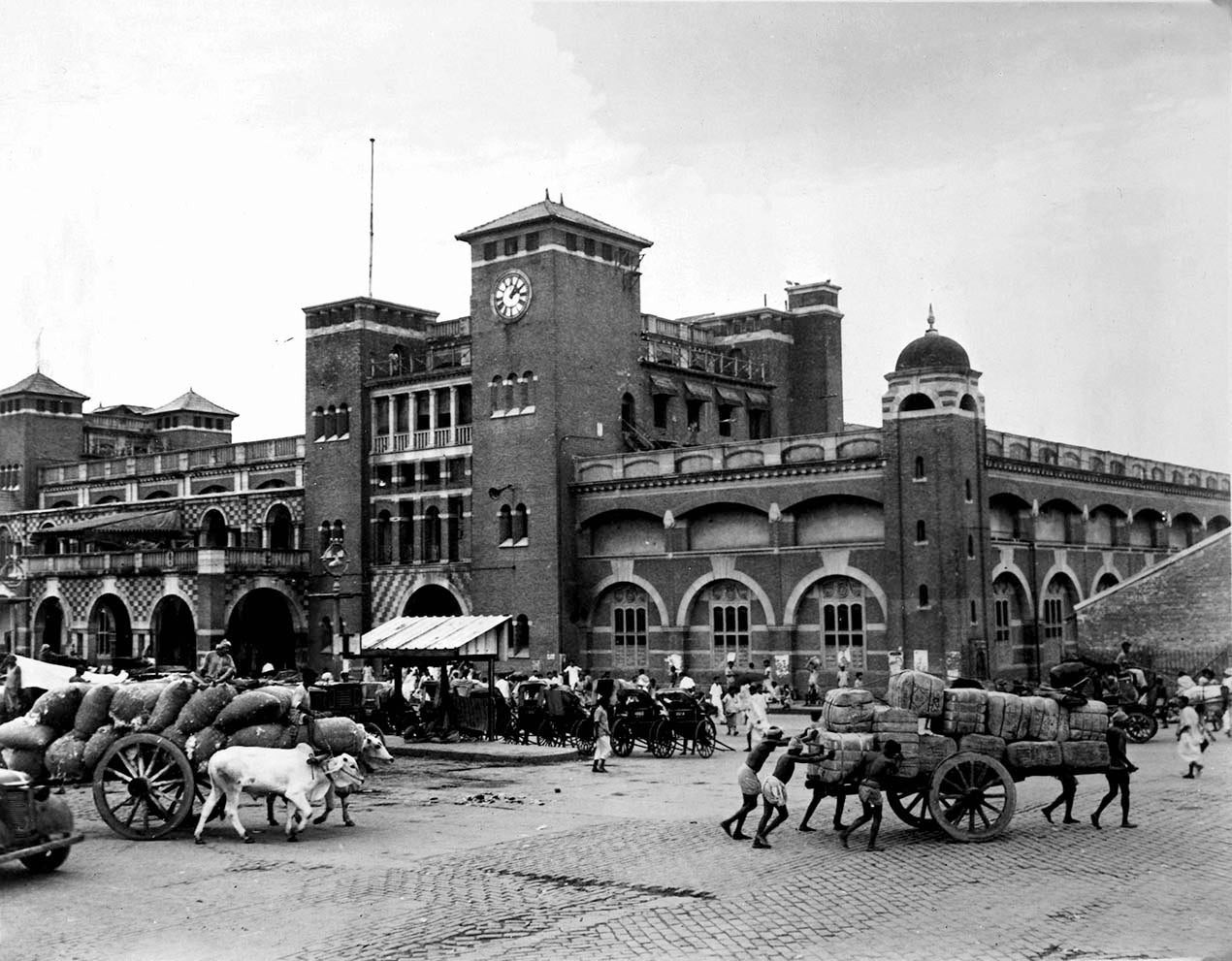
Kolkata now
